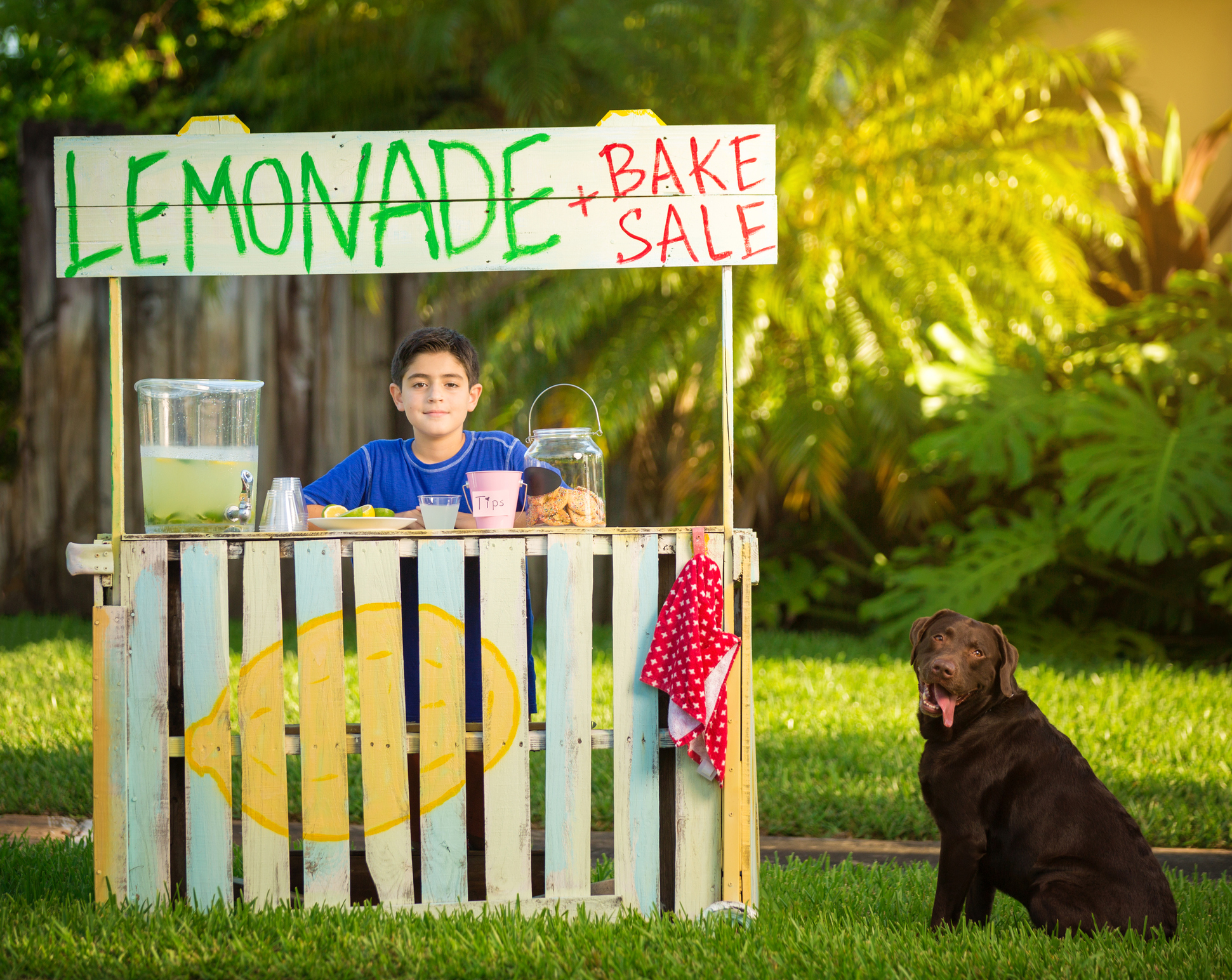
Want fries with that?
Sure, you decided to go with the fries when you grabbed a burger. In fact, fast food restaurants are the kings of the cross-sell. Adding a complementary pairing to your main order seems almost natural. Fries with your burger. Cole slaw with your ribs. However, this is a selling technique that you can add to your sales experience both in-person or online quite easily and naturally. Here are three tips to boost your sales by selling add-on and complementary products:
Make it Fit. Offer only additional items that complement the original product or, better yet, create additional value with it.
Keep it Simple. Sure, if someone is buying a printer, you can offer ink, paper, a printer stand, cables, an extended warranty. That may just overwhelm the customer. Offer only one or two of relevant additional products in your promotions.
Build a Bundle. Bundling products is a common tactic to convince customers to purchase the whole set of complementary products at the point of purchase. Just make sure the bundle makes sense and keeps your margins.
Move on Up(Sell)
Sure, you were happy with the base model of the car. But, man, those extra bells and whistles of the top-end model you took for a test drive sure would be nice. Is that model out of your price range? Well, how about the midlevel model? That is how upselling works. By having different levels of whatever you may be selling, you can help steer your marketing qualified leads (MQL), and sales qualified leads (SQL) into a product that fits their needs a bit better and improves your sales ticket. Here are three tips to add to your sales revenue by upselling:
Don’t Get Greedy. Remember, your customer has a budget regardless of whether it’s an individual or a multinational company. As a rule, the cost of an upsell should never exceed more than 25% of the value of the original purchase.
Keep it Customer-Centric. If we take it back to the car dealer example, if they try to upsell someone from a family sedan to a Lamborghini, the odds are that customer will buy nothing. Be sure to align your upsell offer with the underlying needs and wants that brought the customer to you in the first place.
Incentivize and encourage. Getting someone to hand over more than he or she budgeted or planned for might take a bit of convincing. However, with the right benefit statement, and perhaps a cost-effective offer (for both them and you) can help overcome this:Think “free shipping when you spend $X” or, “complimentary staff training when you purchase X.”
If you effectively work upselling and cross-selling into your online and offline selling strategy, your business may see easy returns by selling more (both in products and dollars) to customers that are already buying from you.









Recent comments